Team 3: Simona Taralezhkova/Bulgaria/, Alicja Czekaj/Poland/, Maraya Laricchia/Italy/, Antonios Koutsakis/Greece/, Jule Rassmann/Germany/, Paula Tornero/Spain/
supported by Agata Richert/Poland/
will make a research and choose paintings relevant to SDGs №3 and № 14
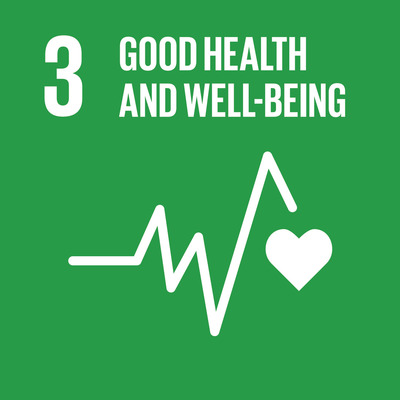
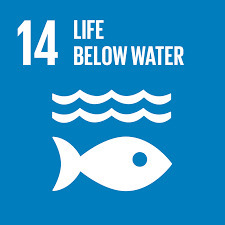
The participants of the team will communicate through forum :
https://twinspace.etwinning.net/93783/forum/130020/thread/1648452
The final results will be posted here on this page- 2 paintings for each of assigned SDGs and short information about the relevant SDG and the relevant painter.
Our online meeting on 10th November:
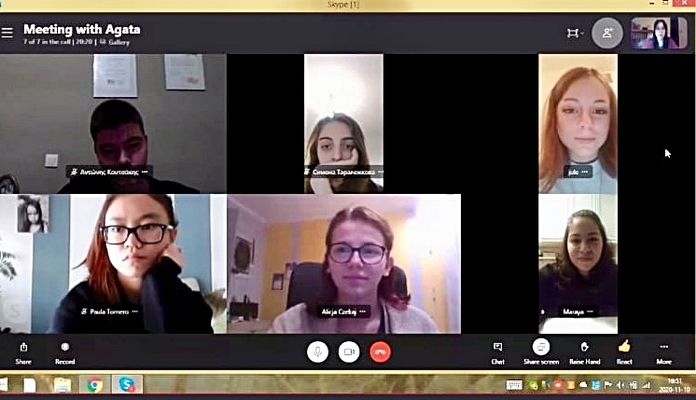
During an online meeting, our team chose this picture to represent SDG 3- "Good Health and Well-Being":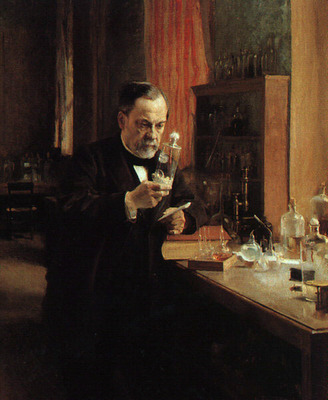
Pasteur's portrait by Edelfelt is the best-known portrait of the French chemist Louis Pasteur. Painted by Albert Edelfelt (1854–1905) in 1885 the painting shows Pasteur in his laboratory at the rue d'Ulm, surrounded by his experimental apparatus, the innovative laboratory glassware used in the experimental methods, developed by him on the field of bacteriology in the late 19th century. Pasteur is regarded as one of the main founders of bacteriology, and he is popularly known as the "father of microbiology".
Albert Edelfelt was a Finnish painter, who lived in Paris. Edelfelt was one of the first Finnish artists to achieve international fame.
For SDG 14- Life Under Water we chose this picture:
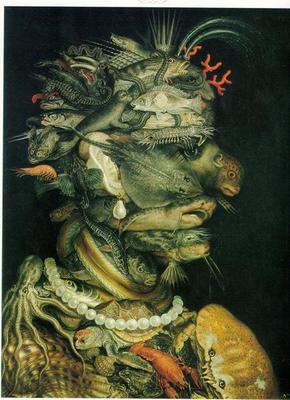
"Water" belongs to The Four Elements - a series of four oil paintings created by the Italian artist Giuseppe Arcimboldo which were created in 1566, during the Renaissance, for Maximilian II, Holy Roman Emperor. The paintings depict human faces in profile made up of different animals or objects. Air is represented by birds, Fire by burning wood and cannons, Earth by land animals, and Water by marine creatures. The series attempts to express the creation of harmony from chaos.
Arcimboldo was an Italian painter best known for creating imaginative portrait heads made entirely of objects such as fruits, vegetables, flowers, fish, and books.